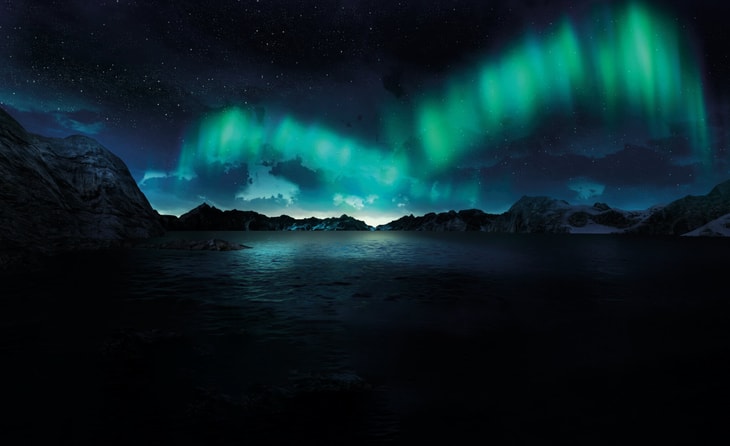Night sky watchers across the UK were treated to a rare visual spectacle during the month of February, when clear skies and perfect conditions conspired to give residents in places as far south as Cornwall a glimpse of the aurora borealis.
Also known as the northern lights, this otherworldly phenomenon occurs when electrically charged particles from space enter the Earth’s upper atmosphere at high speed. Funnelled downwards towards the Earth’s magnetic North and South poles, the particles then hit oxygen and nitrogen atoms high up in the atmosphere.
The distinctive green hue of the lights is caused when oxygen atoms become excited before decaying back to their original state. In particularly active displays it is possible to see a spectacular purplish-blue light, caused by particles from solar winds colliding with atoms of nitrogen before decaying.
This effect is due to nitrogen’s unique structure. Single atoms of nitrogen make blue northern lights, while two molecules bonded together create a purple colour. Far from being just a pretty face, however, nitrogen’s atomic structure also makes it useful for more practical purposes.
... to continue reading you must be subscribed







